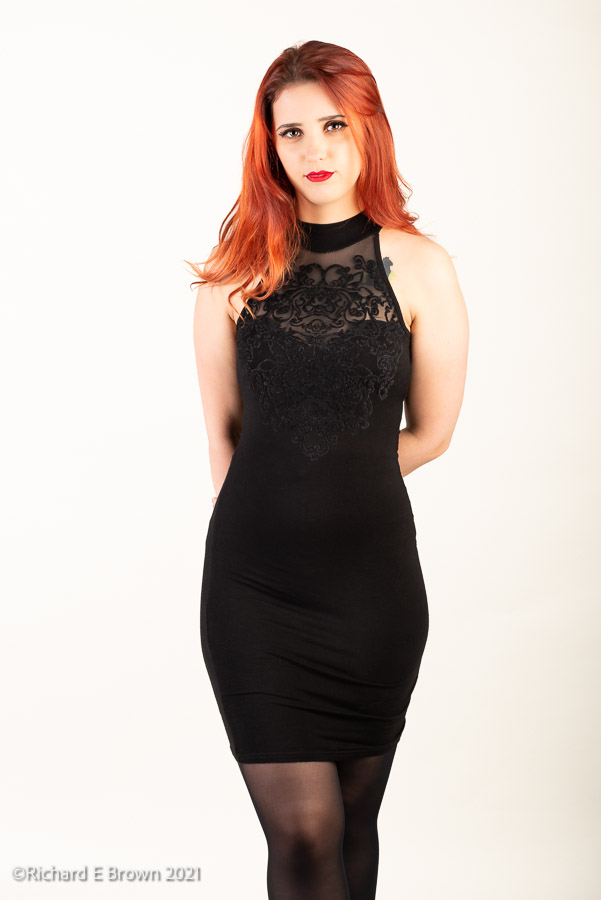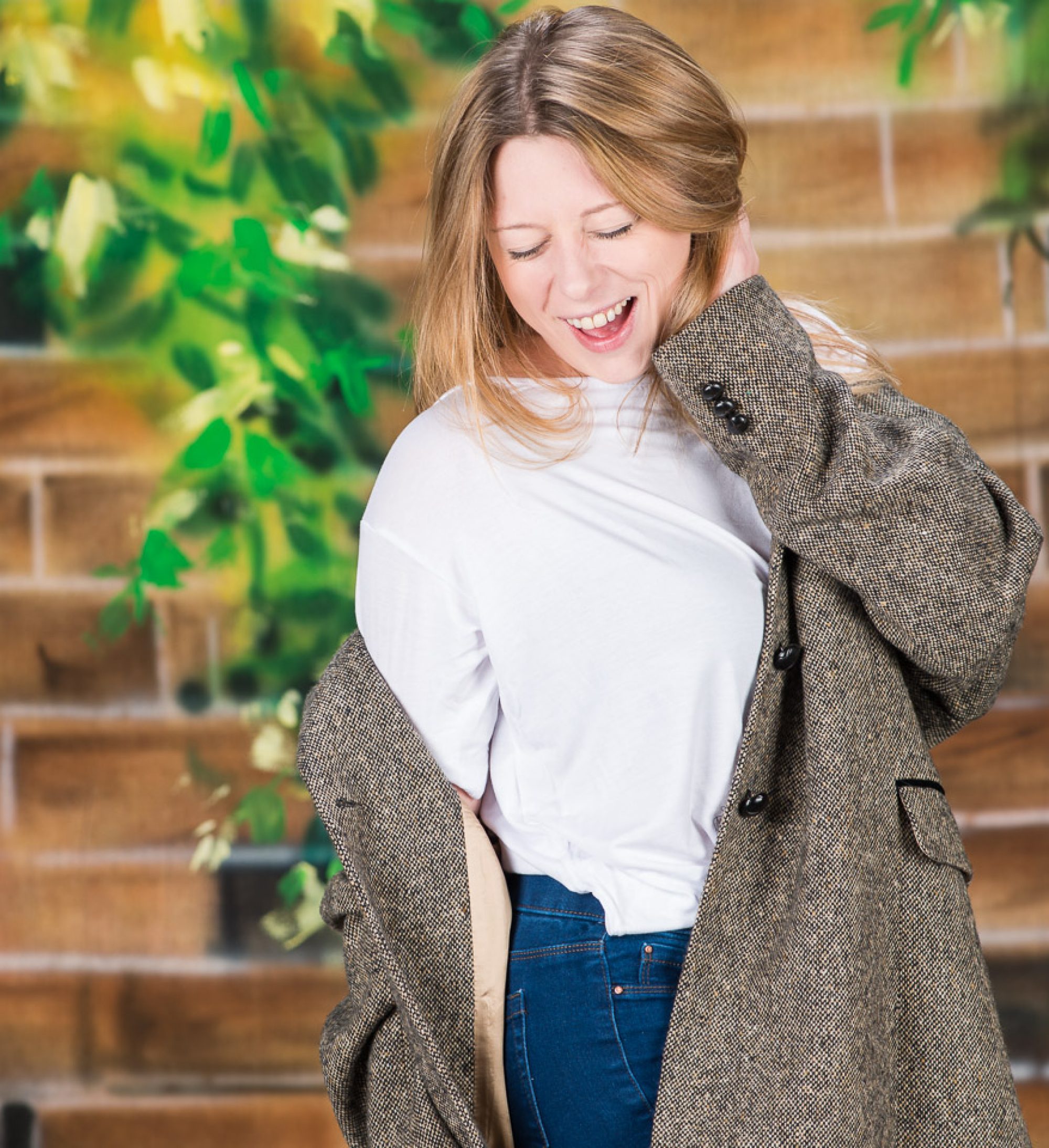
In the studio I like to use tethering, it gives the models and if the customer or art director is present confidence as they see the results come in.
With the first few shots it is getting the lights in the right positions and the exposure right. For this recent fashion shoot with Sophie, it was a simple background and two lights with soft boxes each side. Once the lighting was right I gave the test images a good look round. The studio we were working in had Bowens lights, I had set the camera its flash sync of 1/250. Generally most high end flash gear will cope well, the mid range flash often has difficulty syncing above 1/200, and the cheaper gear often does not sync above 1/125. Most people do not worry about this any more with modern flash and cameras doing HSS, but HSS heads are still few and far between in most studios.

I soon spotted the familiar black bar of sync failure, so dropped my camera to 1/200 and the shots were clean. Once the lights are set how I like, for the first set f/8, I took a white balance reading from my target.
With the lights setup, exposure and white balance all set, I then set Lightroom to apply these consistently to all future shots.
If your seriously into tethered capture, then the camera manufactures often have their own tethering software which generally works well. The software CaptureOne is possibly the best tethering software available. These software packages are designed for tether capture and work fast and efficiently. Lightroom is several applications in one. Its a DAM (digital asset management) with its database making it easy to find photographs if you keep up with the meta data and keyboarding. The develop module which is basically a nice GUI around Adobe Camera RAW. Then the print module; Photoshop has always been very complex to print from. The print module in Lightroom with its profile support and custom presets you can setup, makes it one of the best places to print from. So Lightroom is quite a beast with lots of useful modules. It is into this tethering has also been added. It started off as a watch folder. You created a folder and set Lightroom to ‘watch’; you then used other software to get your images from the camera to this folder, once an image appeared it would be auto imported into Lightroom.
We now have real tethering in the last several versions, it has always been slow and buggy, and would drop the connection losing you a shot at least once during a shoot.
So how was the new Lightroom v11. Well its still slow, but it is useable, and I was pleased that it did not drop the connection or fail at all during the three hour shoot. So if you have Lightroom it is a option. I’ll test it some more, but it is working much better then previous versions.

As for the shoot, it went well and we got some great shots. Thanks to Sophie for her hard work and our two assistants on the day.
